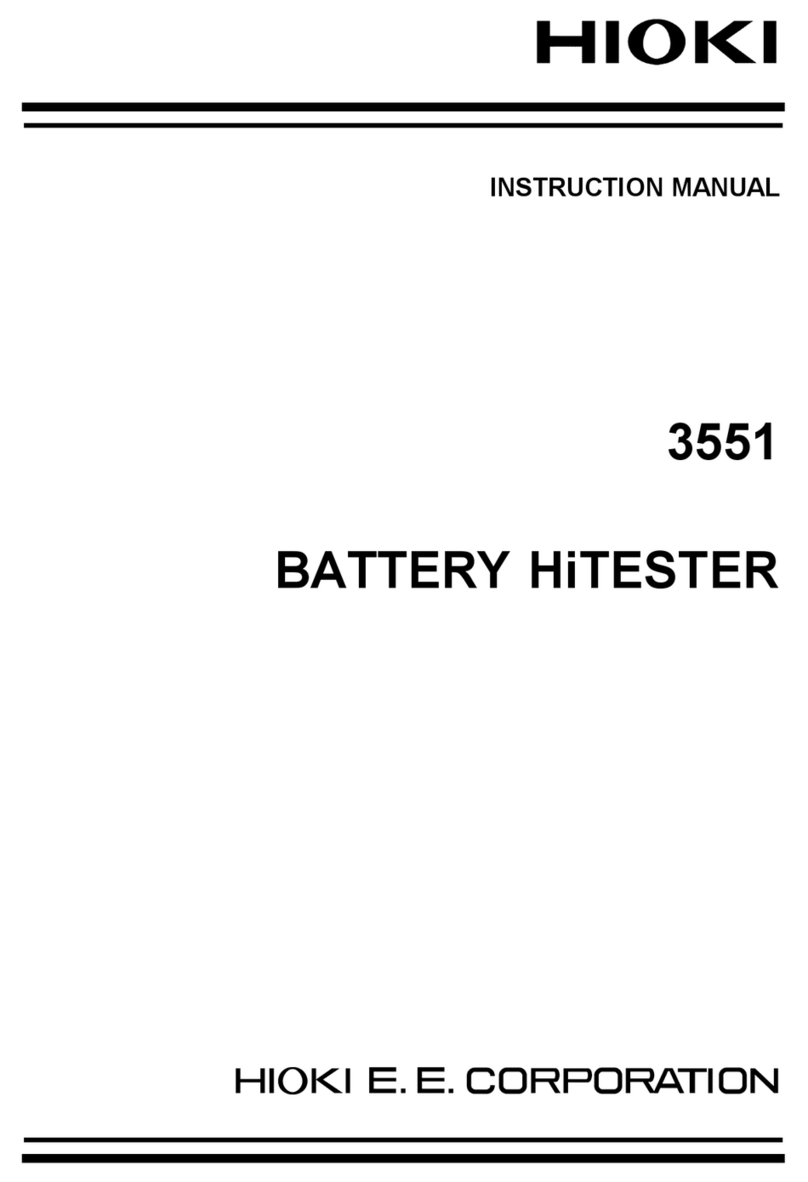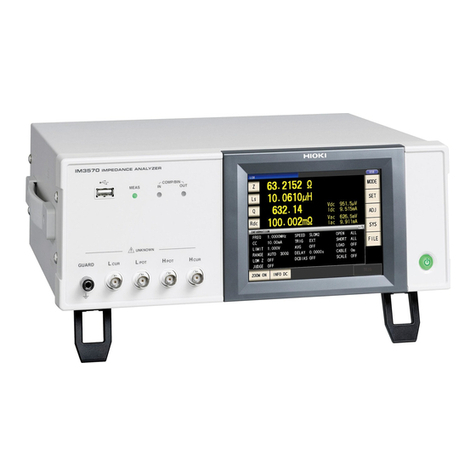Hioki 8835-01 User manual
Other Hioki Measuring Instrument manuals
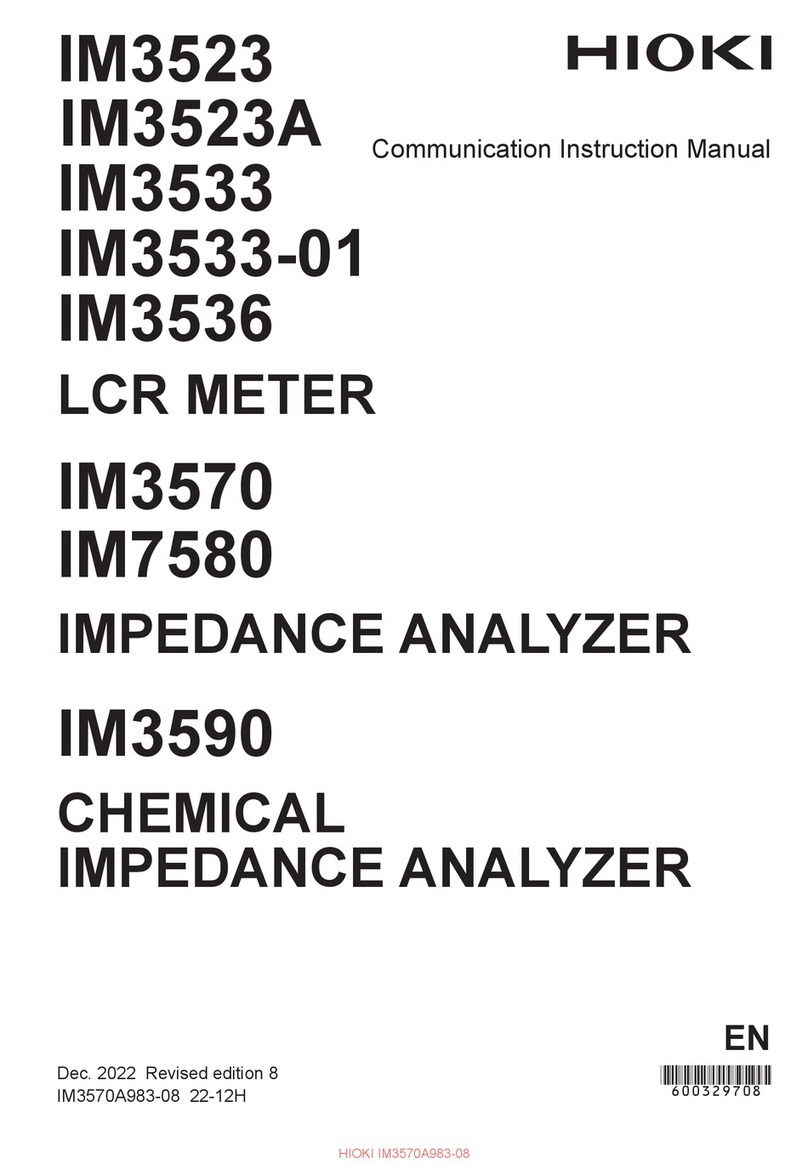
Hioki
Hioki IM3523A User manual

Hioki
Hioki lr5001 User manual
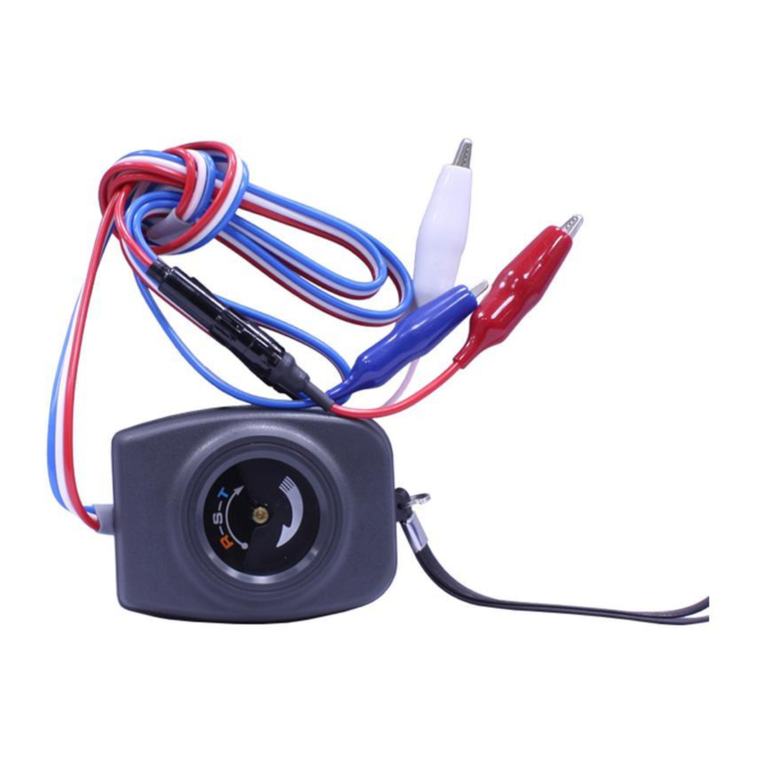
Hioki
Hioki 3126-01 User manual
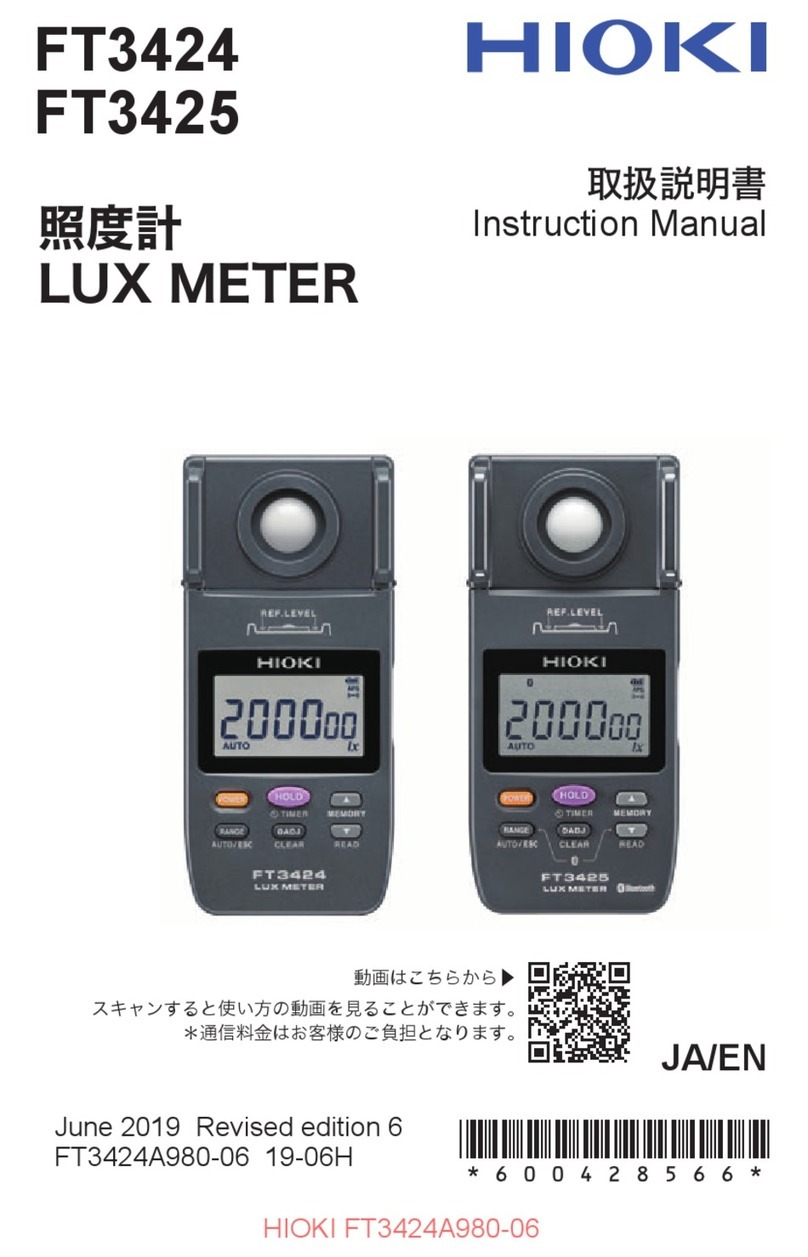
Hioki
Hioki FT3424 User manual
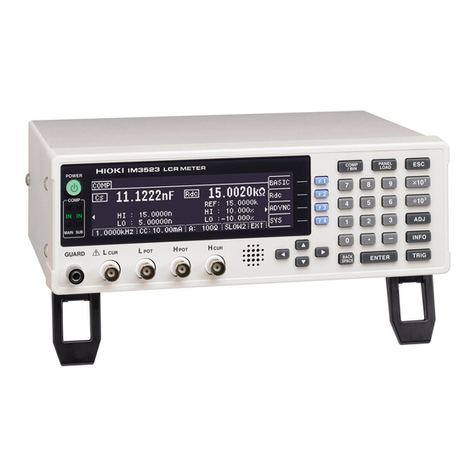
Hioki
Hioki IM3523 Use and care manual
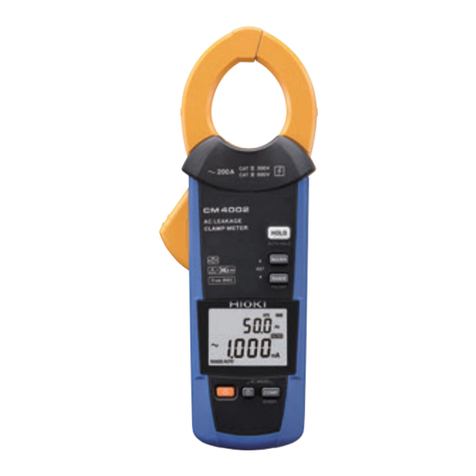
Hioki
Hioki CM4002 User manual

Hioki
Hioki MR8740T User manual
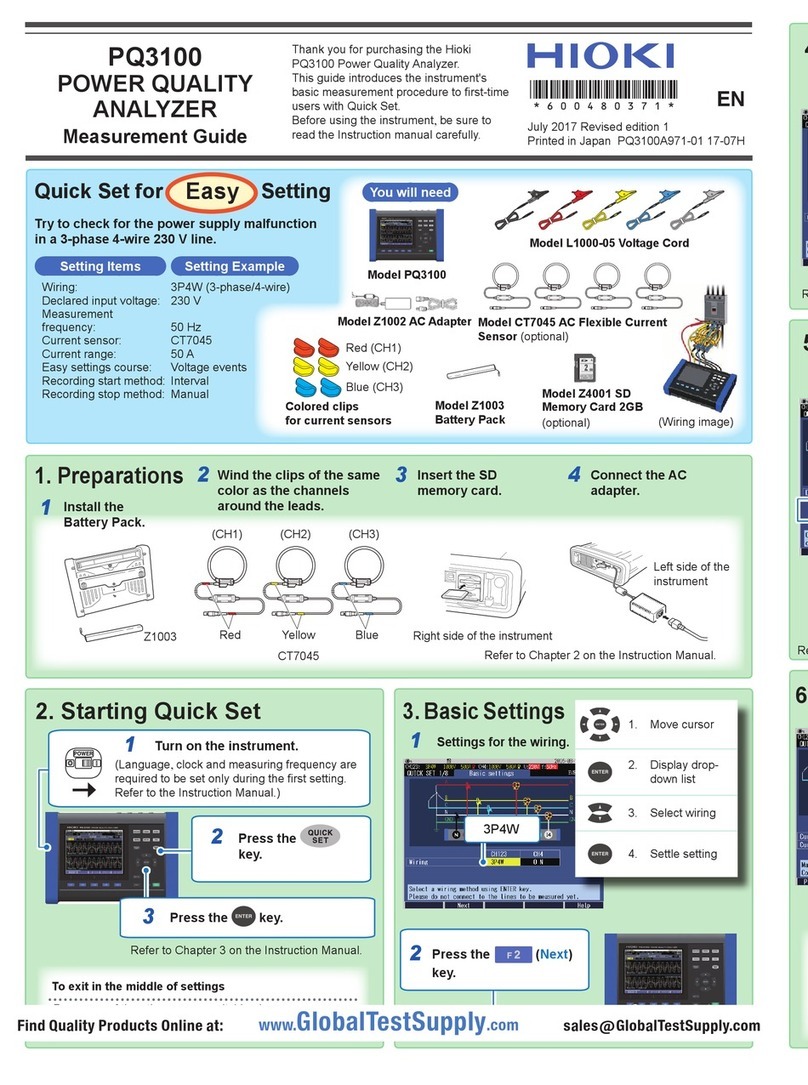
Hioki
Hioki PQ3100 User manual

Hioki
Hioki 3227 User manual

Hioki
Hioki PW3365-20 User manual
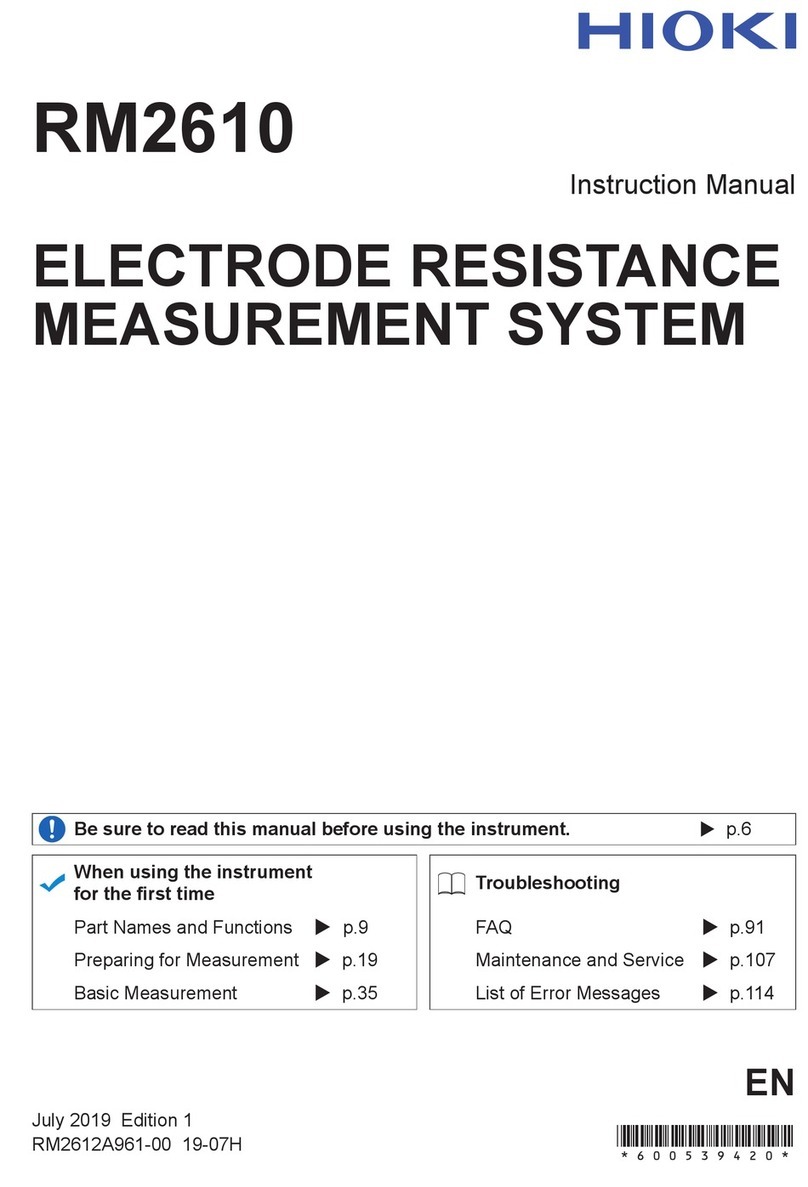
Hioki
Hioki RM2610 User manual
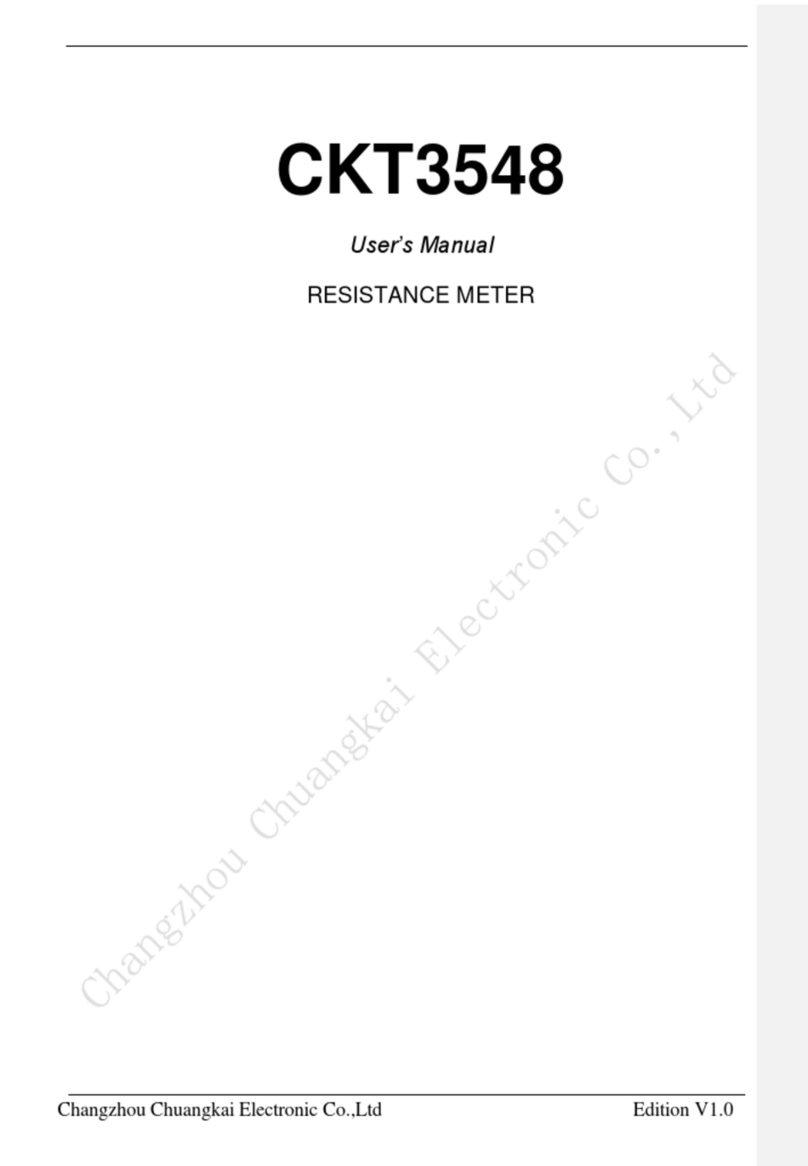
Hioki
Hioki CKT3548 User manual
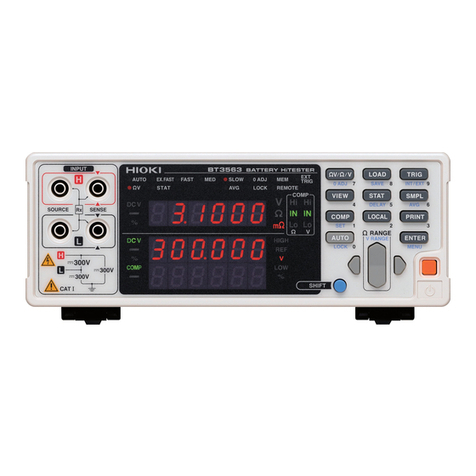
Hioki
Hioki BT3562-01 User manual

Hioki
Hioki PW6001 User manual
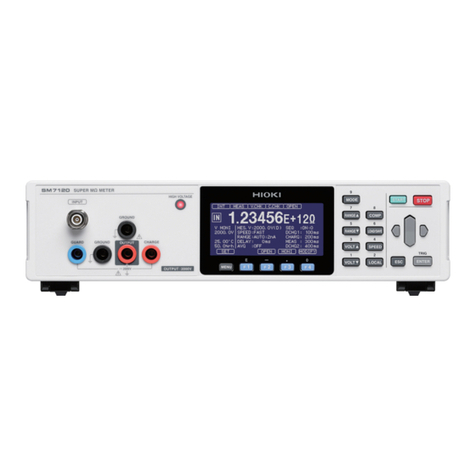
Hioki
Hioki Super megohm SM7110 User manual
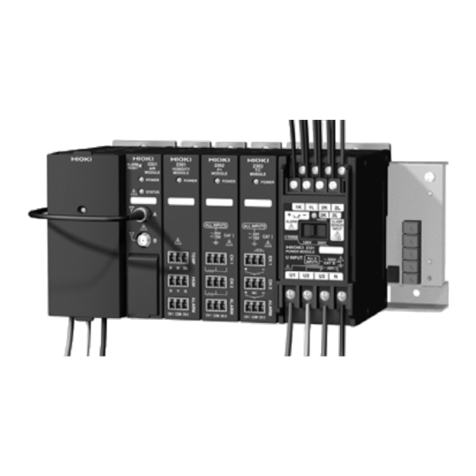
Hioki
Hioki 2331-20 User manual

Hioki
Hioki TM6101 User manual

Hioki
Hioki 9276 User manual

Hioki
Hioki CM4141-90 User manual
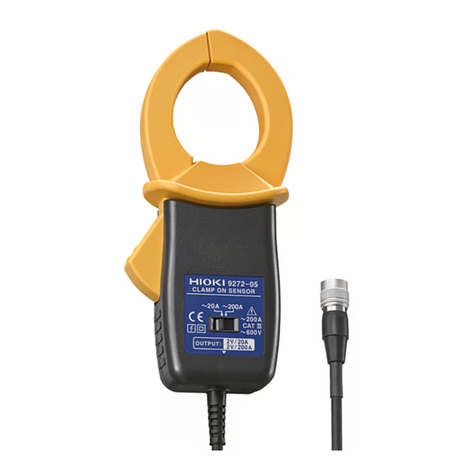
Hioki
Hioki 9272-05 User manual
